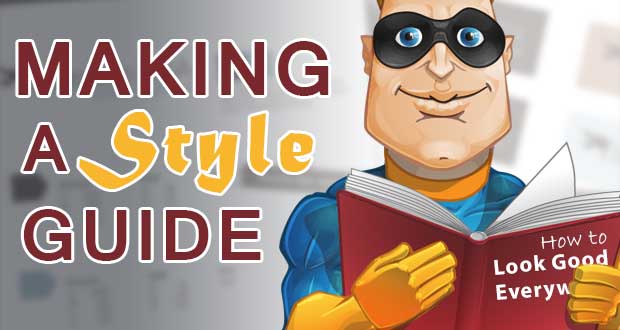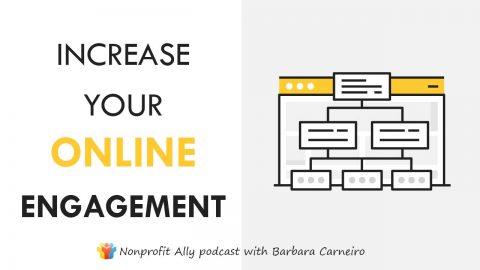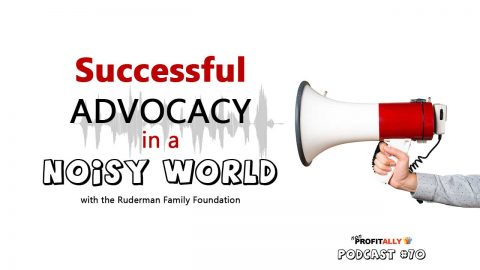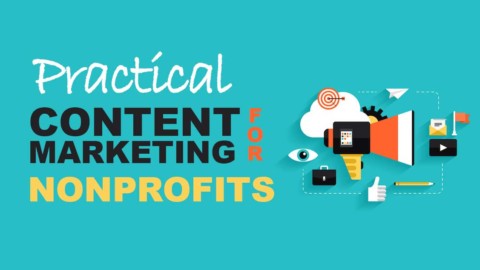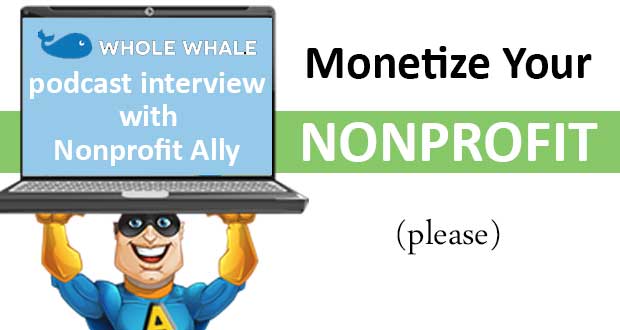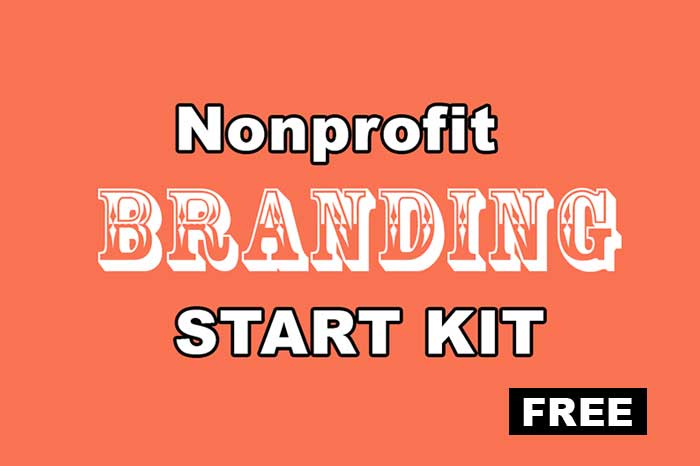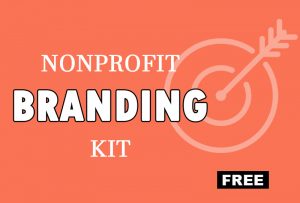As a new employee at a larger non-profit I was given an introduction to the brand by the communications staff. I was given a style guide. It was important that each employee speak about the organization in the same way and use the same documents (matching letterhead, PowerPoint templates) for external distribution. Consistent language is important as is uniform use of a logo or images.
A style guide is a great place to get started in building a consistent look for your organization.
Why would it be important for an organization to think about a style guide?
- Maintain branding across media methods
- Professional look
- Bonus: A style guide only needs to be created one time (though can always be updated) and shared
Tips on what to include in your style guide:
Graphic Usage Suggestions
Think about your logo and how you want it to look in print and online. If there are specifications about size (i.e. it cannot be smaller than 100 X 200 pixels) or how much space should be around it are necessary; make those written standards. It is also a great idea to have a grayscaled or black and white logo that can be used when print materials are going to be produced without color printing. If you’re using multiple colors in the logo, a single color logo will also help for printing when 1 color is less expensive like t-shirts. Having the RGB (Red, Green, Blue) specifications will make that consistent across computers and at all printers.
Use and Spelling of the Organization’s Name
Clarify best practices surrounding usage of acronyms, capitalization of words and punctuation. The Christie Non-Profit is different than Christie’s Nonprofit and will not only look more professional with one usage but be easier for consistent searches on the internet. If your business card doesn’t match your website a potential donor or volunteer may be confused or even led to a different webpage.
Font for Communications
Choose a font that complements your graphics and stick with it. This attention to detail will add polish and build consistency.
Who can Talk to Media
It is important to get consistent messaging in the community. If you have a big volunteer base or leadership team, try to elect a few people to speak with the media. They can become regular names that people recognize and there is a smaller pool of people to train to not put their foot in their mouth. A volunteer may be well meaning when they speak to their friend who is a newspaper editor but they may not convey the message you would prefer or give outdated program statistics. Not every board member may feel comfortable being spokesperson so having a chosen member will alleviate that pressure from the board. Also, this can be a great time to iron out titles among leadership to share with the press. Do you consider someone an executive director? Is your board an advisory committee or a Board of Directors?
I’d love to hear about your process of creating a style guide or how you decided on a color or font. Also, how do you share your style guide? Being consistent only works when everyone does it!

